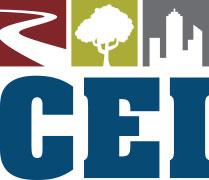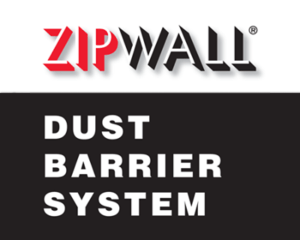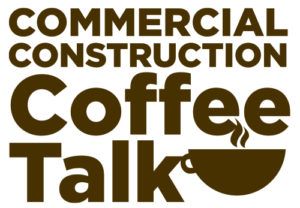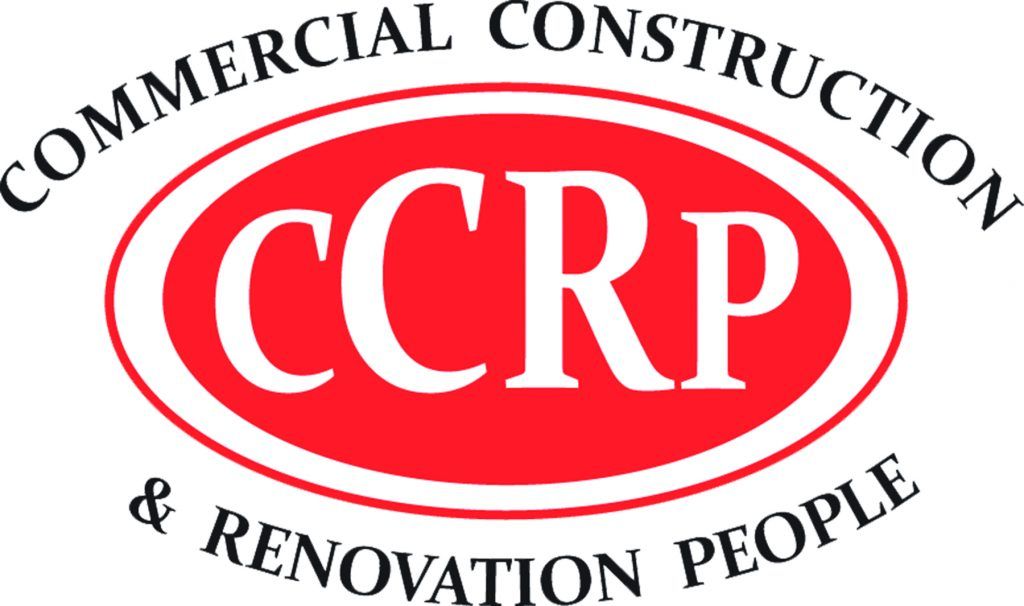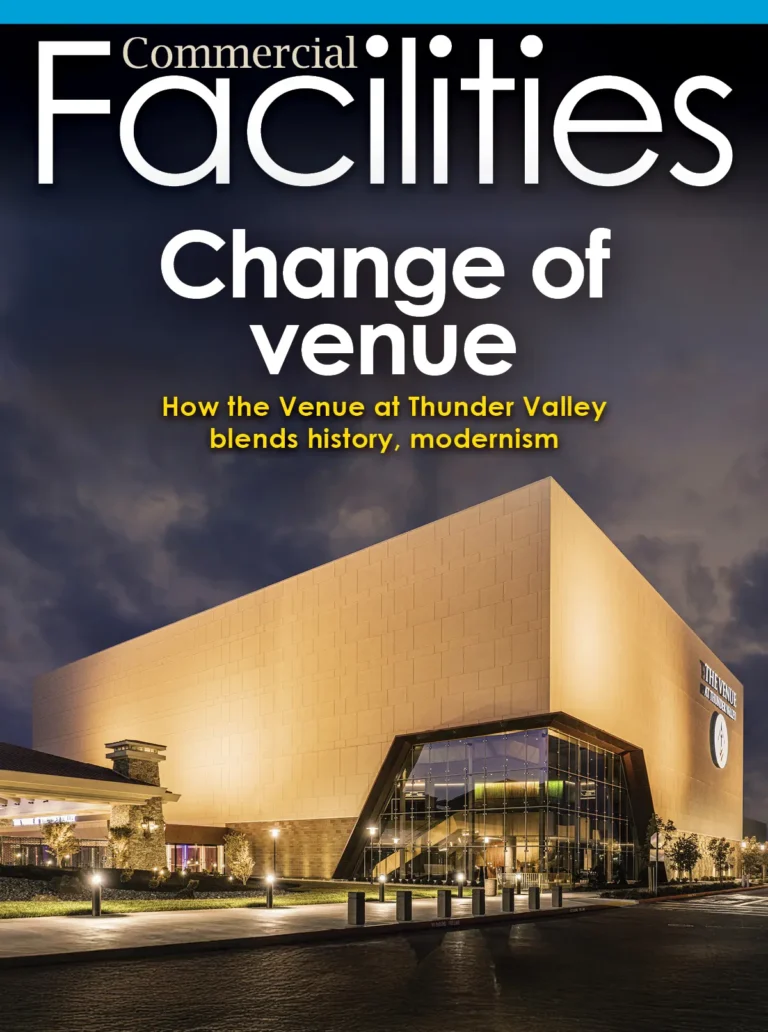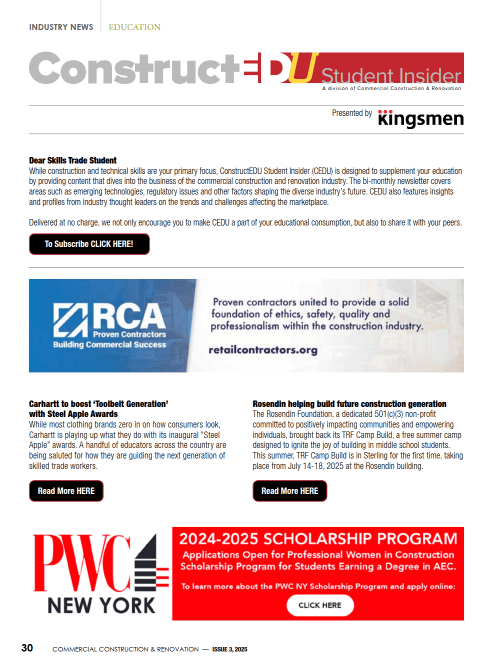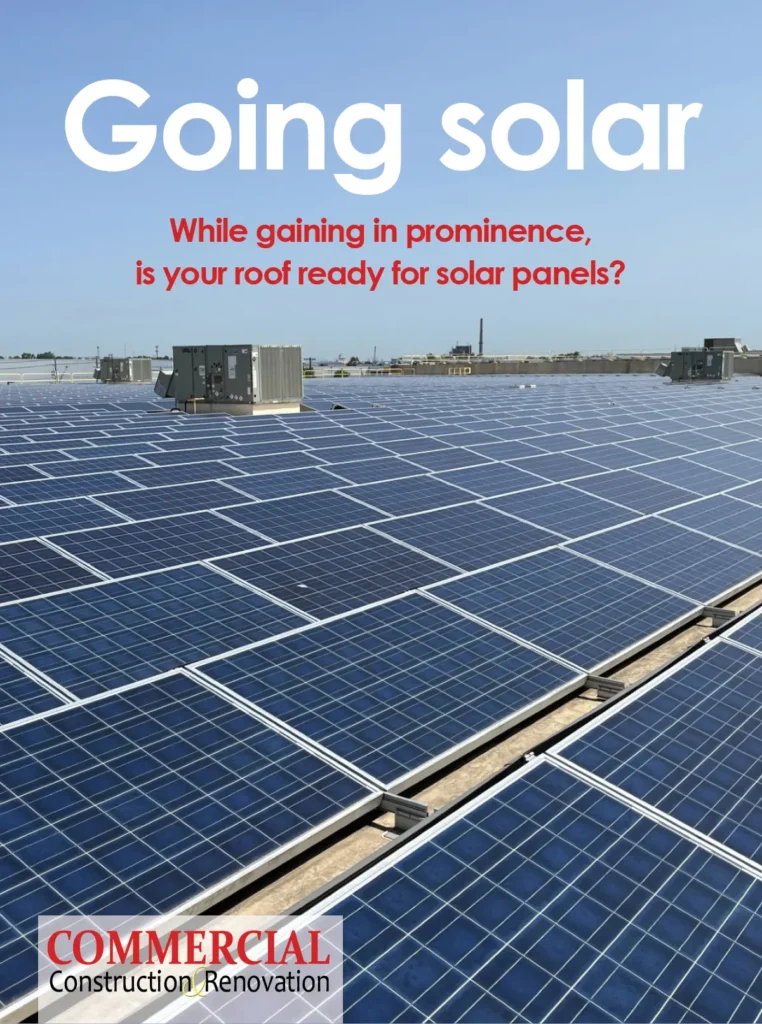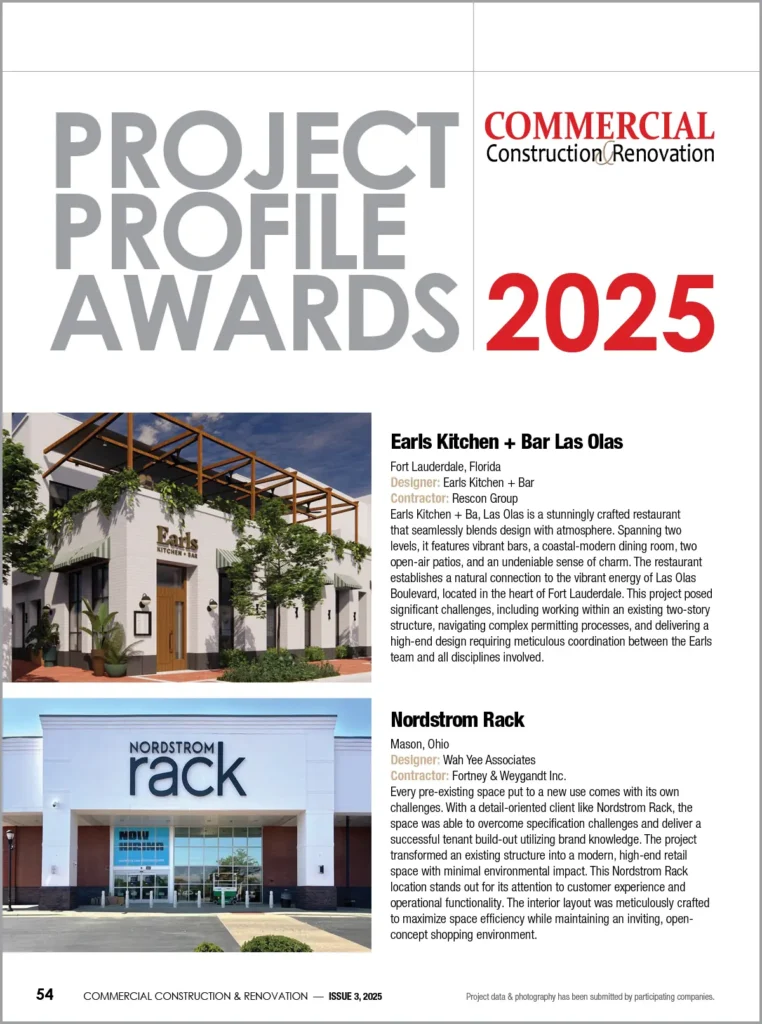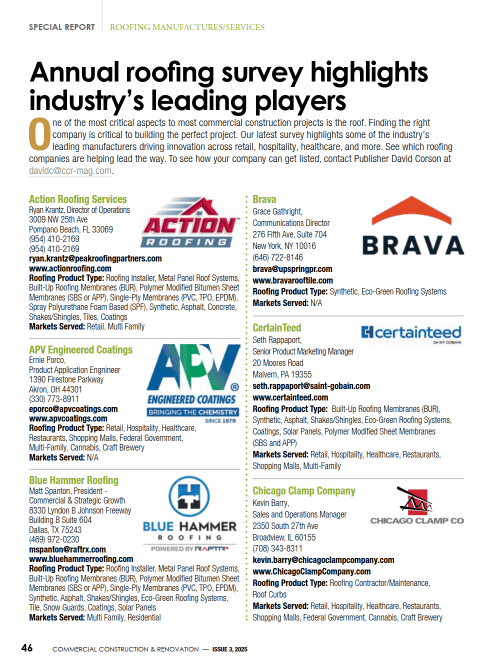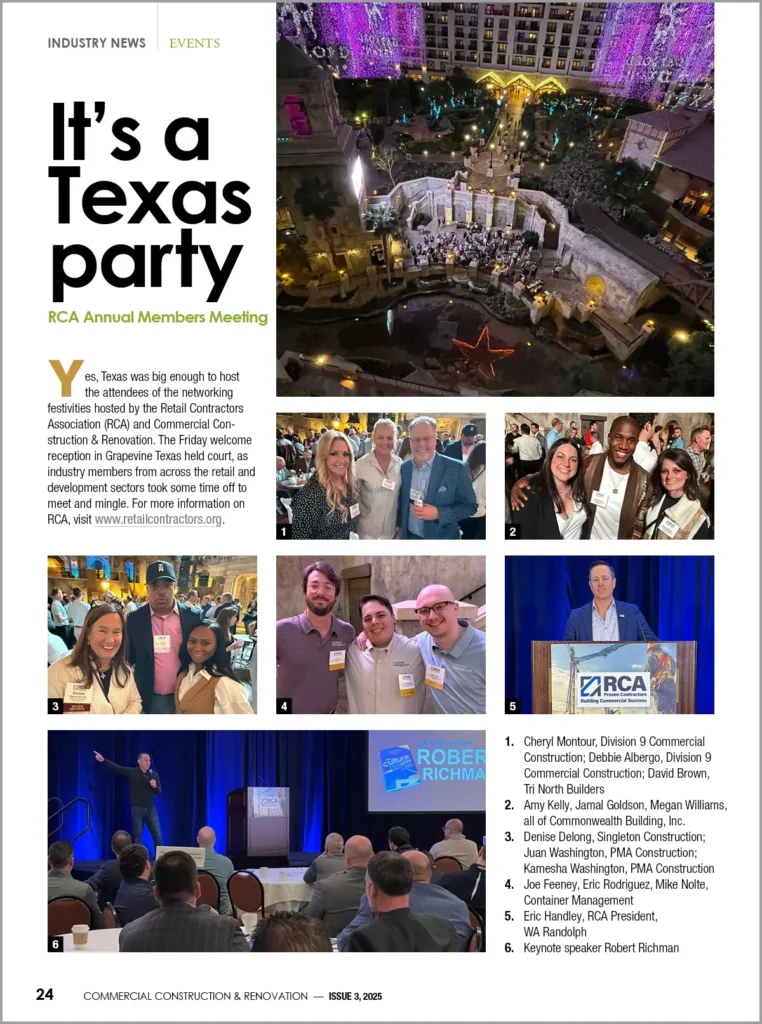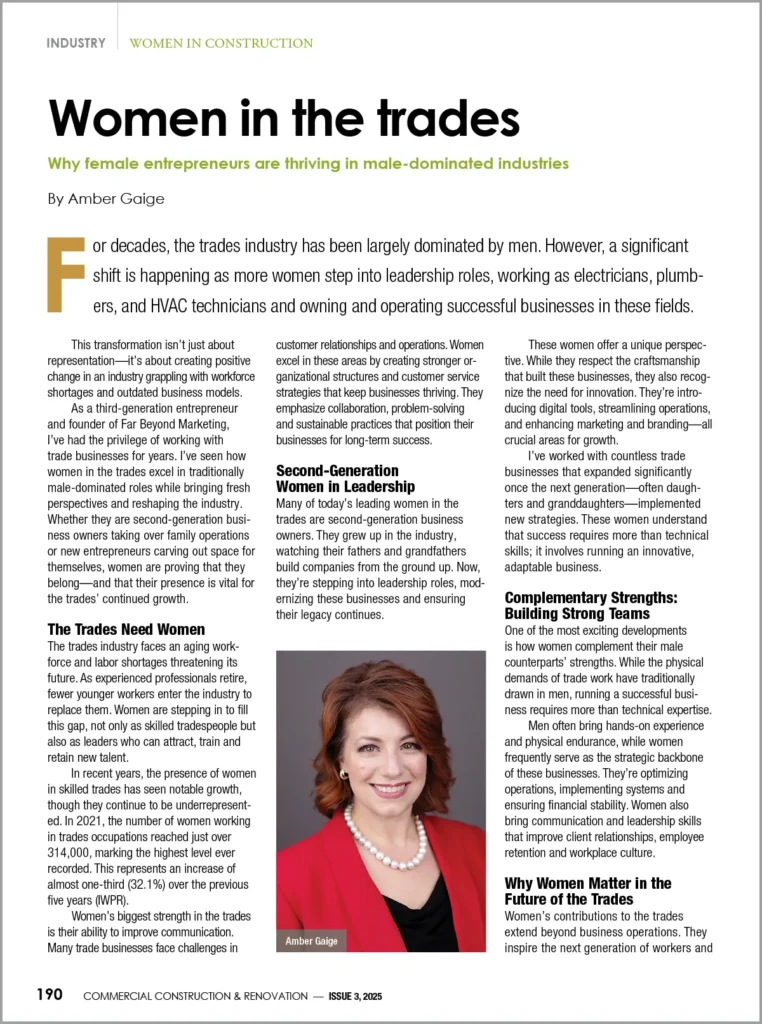Driven by escalating building standards focused on energy efficiency and sustainability, the construction sector is undergoing a fundamental transformation. Insulation quality is emerging as a critical element in modern buildings, especially within the commercial sphere.
Insulation plays a critical role in minimizing energy consumption, controlling heating and cooling costs, and ensuring long-term environmental sustainability. According to a Springer Open study, insulation can reduce energy consumption by 35% to 45%. If you don’t want to insulate the entire house, you can also insulate some parts, like walls, roofs, etc.
With the growing need to reduce energy footprints and improve operational efficiency, several innovative insulation techniques and tools are emerging. They are providing solutions that not only meet current demands but also anticipate future needs.
In this article, we will look at different techniques that facilitate commercial building insulation for energy efficiency.
The Evolution of Insulation Materials
Insulation materials have significantly evolved beyond traditional options like fiberglass batts or cellulose. Contemporary commercial builders increasingly favour advanced alternatives such as spray foam, rigid foam boards, and reflective insulation for their enhanced thermal resistance.
According to a ScienceDirect study, bio-based insulation materials are also available for better sustainability options. These materials provide better air sealing and have higher R-values, which measure the thermal resistance. The use of advanced materials in conjunction with modern techniques is transforming how buildings are insulated, making energy-efficient construction more achievable.
As building designs evolve, so too do the tools used in the insulation process. One notable advancement is the adoption of hot wire foam cutters. According to Foam Cutters LLC, these tools allow construction professionals to work with foam-based insulation materials more precisely and efficiently. They enhance the quality of the finished project while reducing material waste.
Precision Cutting for Superior Insulation
A key challenge when installing insulation in commercial buildings is cutting foam boards to the exact size and shape needed. Traditional cutting methods, such as using knives or saws, can be slow and result in rough edges or wasted material.
The introduction of heated foam cutters has drastically improved this process. These tools heat the blade to a high temperature, enabling it to cut through foam with precision and ease. This leaves clean, smooth edges that are essential for ensuring an airtight seal.
In addition to traditional foam cutting methods, the heated foam cutter has become an increasingly popular tool for commercial construction professionals. This tool works by passing an electrical current through a wire, which heats up to allow for smooth and clean cuts.
The precision that a hot wire foam cutter provides is unparalleled, ensuring that each piece of insulation fits snugly into its space. Moreover, it dramatically reduces the risk of damaging the foam during installation, which can lead to gaps and lower energy efficiency.
Energy Efficiency and Environmental Impact
Energy efficiency in commercial buildings is no longer just a matter of meeting regulatory standards. It is a key differentiator in the marketplace. Buildings with superior insulation are more comfortable, cost-effective, and environmentally friendly.
Making a commercial building insulated also makes financial sense. This is because more and more governments worldwide are focusing on promoting low-carbon buildings. A World Economic Forum article states that 40 US cities have planned on creating a Building Performance Standard (BPS) by 2026.
Similarly, the European Union agreed to develop minimum energy performance standards to reduce energy consumption in buildings. Thus, commercial properties that are not adopting sustainability practices, such as insulation, will have to be renovated soon.
A key advantage of foam-based insulation is its capacity to achieve high thermal performance using relatively thin layers. This makes it highly suitable for commercial constructions where space efficiency is vital, but robust insulation is non-negotiable. This calls for cutting with a hot wire foam cutter wire for precise fitting and quick installation.
Furthermore, using efficient insulation methods can help buildings meet higher environmental standards, such as those set by:
- LEED (Leadership in Energy and Environmental Design)
- Passive House standards
These methods ensure better performance in terms of energy efficiency and help reduce carbon footprints, contributing to the fight against climate change.
The Future of Insulation Technology
The ongoing rise in demand for energy-saving buildings fuels continuous innovation within insulation technology. This indicates that future developments may yield materials possessing even higher thermal resistance capabilities. Additionally, construction tools like heated foam cutters and hot wire foam cutters will continue to evolve, offering greater precision and ease of use.
For now, builders and construction professionals are already benefiting from these innovations. The combination of high-performance materials and advanced cutting tools is paving the way for a new era of commercial construction.
The growing reliance on hot wire foam cutter technology and heated foam cutters is just the beginning. These tools prove to be vital in ensuring buildings not only meet but exceed energy efficiency expectations.
Frequently Asked Questions
What are common insulation mistakes in commercial construction that can reduce energy efficiency?
Common issues include gaps in insulation panels, improper sealing, and using materials that don’t match the building’s specific thermal needs. Overlooking the building envelope during renovations can also lead to poor thermal performance, even if modern materials are used elsewhere.
Are there insulation materials that offer both thermal and acoustic benefits?
Yes, some insulation options, like mineral wool and certain spray foams, offer both thermal resistance and sound-dampening properties. These materials are ideal for commercial spaces like offices, hotels, or mixed-use buildings where noise control is just as important as energy efficiency.
Can insulation improvements qualify for tax incentives or rebates?
In many regions, upgrading a commercial building’s insulation can make it eligible for energy-efficiency incentives, tax deductions, or utility rebates. These programs often depend on the building’s location and whether it meets specific performance standards like ENERGY STAR or LEED certification.
The future of commercial building insulation is bright, with new tools and materials driving improvements in energy efficiency, sustainability, and performance. As the industry embraces these innovations, professionals are turning to advanced techniques that offer the highest standards.
Pairing innovative construction techniques with advanced insulation materials is profoundly changing how buildings are designed and constructed. It facilitates the creation of commercial spaces that are significantly more energy-efficient and environmentally friendly. The impact of these advancements is already being felt, and the continued evolution of insulation technology promises to shape the future of the industry.






